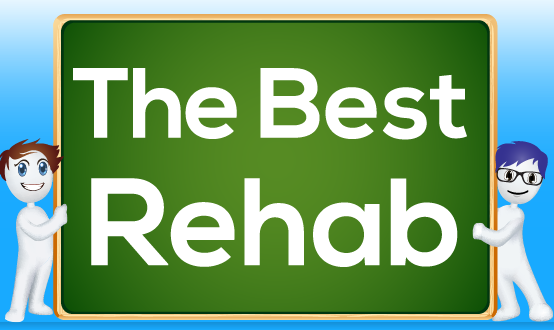It’s never easy. After all, when you “Google” all you really know is who has the prettiest website. So maybe we can help a little.
Here are some critical elements to look for in a good treatment facility.
- Program accreditation and licensing.Make sure the treatment program is accredited by the state it’s in. Also check to ensure that the program is run by licensed, well-trained mental health professionals and addiction specialists.
- The effectiveness of the program’s treatment methods.Treatment centers should have at least some statistics on their success rates, preferably from an objective outside agency.
- Type of aftercare services to prevent relapse.Is there a well-run aftercare program? Does it provide referrals to other recovery services and support groups in the community? Also make sure that a staff member will collaborate with you to create a discharge plan before you leave the program.
And you’ve probably heard a lot of terms for different types of treatment centers…this chart should help you maneuver through the thousands of facilities available:
| Residential Treatment Program(RES) – Residential treatment involves living at a treatment facility while undergoing intensive treatment during the day. Residential treatment normally lasts from 30-90 days. |
| Partial Hospitalization Program (PHP) – Partial hospitalization is for people who require ongoing medical monitoring but have a stable living situation. These treatment programs usually meet at the hospital for 3-5 days a week, 4-6 hours per day. |
| Intensive Outpatient Program (IOP) – Not a live-in treatment program, but it still requires a major time commitment. Intensive outpatient programs usually meet at least 3 days a week for 2-4 hours a day or more. The major focus is relapse prevention. These outpatient programs are often scheduled around work or school. |
| Counseling (Individual, Group, or Family) – Works best in conjunction with other types of treatment or as follow-up support. Therapy can help you identify the root causes of your drug use, repair your relationships, and learn healthier coping skills. |
| Sober Living (SL) – Normally follows intensive treatment like residential treatment. You live with other recovering addicts in a supportive drug-free environment. Sober living facilities are useful if you have nowhere to go or you’re worried that returning home too soon will lead to relapse. |
| Brief intervention – Only appropriate for those at risk for drug abuse or drug addiction, not those who have already developed a serious problem. Consists of several visits to a healthcare professional to discuss the harmful effects of drug abuse and strategies for cutting back. |
Credit: http://www.helpguide.org/for all the information in this post.

